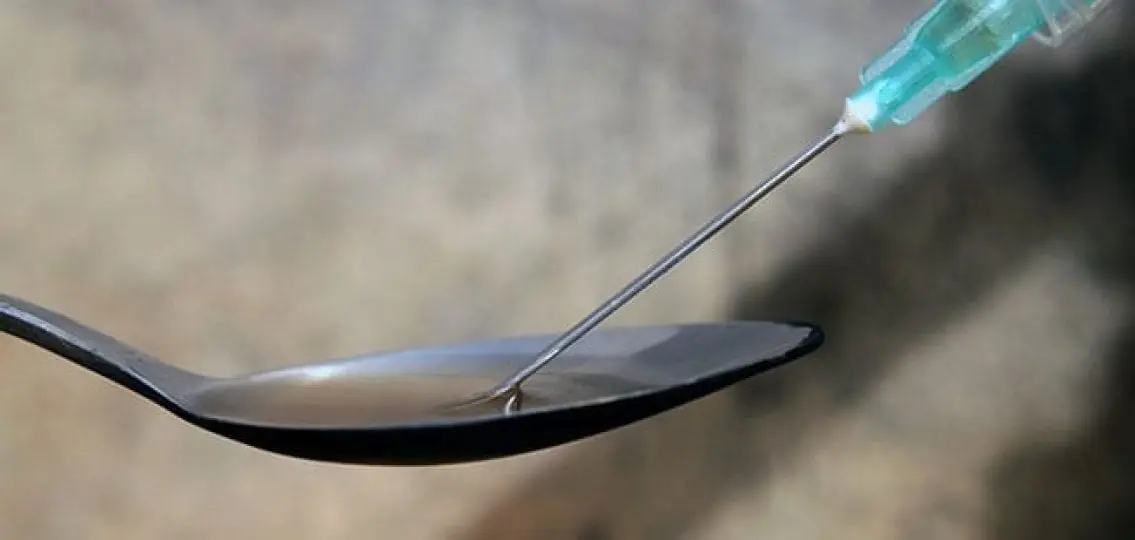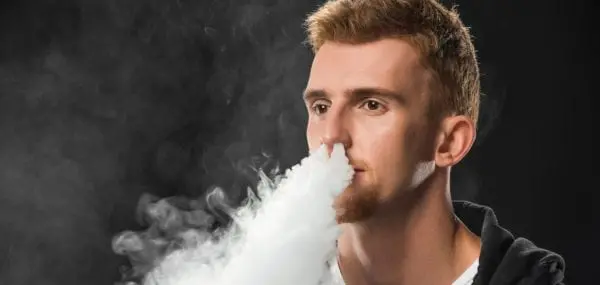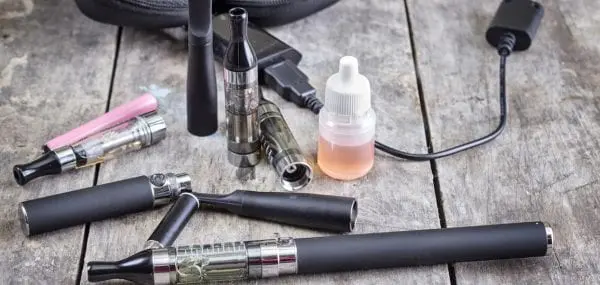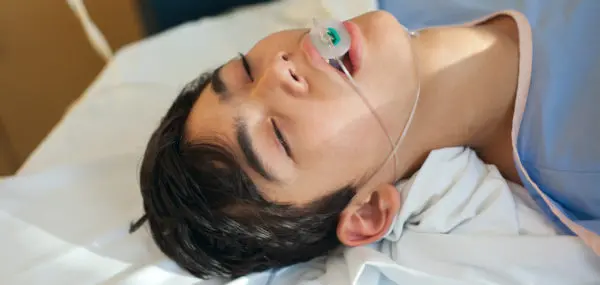Kelli Davis of Reno, Nevada began abusing tobacco and alcohol in her early teens, progressively making her way to illegal drugs. During her years of abuse, Kelli cycled through multiple rehab programs. Unfortunately, relapse occurred after each release.
When Kelli began using heroin in her late teens, her mom, Angela, would find drug paraphernalia in Kelli’s room: hollowed-out pens, blackened spoons and aluminum foil pieces covered in a powdery residue.
“One of the things about heroin addicts is they’re not careful,” Angela explains. “They shoot up, and then, when they are high, they aren’t cautious about where they hide their paraphernalia.” Indeed, one family member even caught Kelli shooting up in the bathroom.
After more stints in rehab and some local jail time, Kelli is now in recovery. She has a steady job and a new puppy. Angela is cautiously optimistic. “Being in jail with adults really changed something in her,” she says. “I could see it when she got out. There was a sincerity about her that I hadn’t seen before.”
Unfortunately, the number of “Kellis” may be growing. Your Teen spoke with experts about the increasing use of heroin among teens and how parents can contend with this most addictive of drugs.
Black Tar, China White
Heroin is an opioid, just like the prescription painkillers (oxycodone, hydrocodone) that are now abundant in U.S. household medicine cabinets. Dr. Gregory Collins, Section Head of Alcohol and Drug Center at Cleveland Clinic, believes that the United States is being flooded with heroin from other parts of the world. “Marketing is directed toward teenagers with the message that recreational use is relatively safe. This message is false. Heroin is known to precipitate addiction very quickly with relatively few exposures.”
While there are always exceptions, heroin is generally abused by older teens and young adults. Its dark reputation and difficulty in procuring makes it less of a temptation for younger teens. They tend to “start with other drugs: nicotine, marijuana, alcohol and prescription drugs,” notes Russell Goodwin, a chemical dependency counselor at Impact Solutions in Cleveland, Ohio.
According to 2011 U.S. statistics from the National Institute for Drug Abuse (NIDA), 20 percent of twelfth graders responded that heroin was easily accessible to them.
But the data on how many teenagers are actually using heroin is less clear. On the one hand, the latest research from NIDA shows that overall usage is down. Annual prevalence in 8th, 10th and 12th grades fluctuates between 0.7 and 0.9 percent. Yet, anecdotally, some experts are cautioning that especially among suburban teenagers, usage is on the rise and that the data has just not caught up to this particular trend. “There is an epidemic of opiate misuse, including heroin,” says the Clinic’s Collins.
There are many reasons for heroin’s resurgence, but two are especially noteworthy. First, an increase in prescription drug abuse creates a dependence on opioids that may lead to a switch to heroin, especially if an individual’s prescription is cut off or limited. Second, intravenous injection, the traditional method of injecting heroin, carries a certain stigma, but “people are snorting and smoking heroin now, and that’s more acceptable to young people,” Goodwin explains.
Effects of Heroin: ‘The Nods’ and Beyond
Still, why do teens take this high risk? In the initial stages of the high, heroin produces a pleasurable rush. During that peak period, users experience a condition called “the nods.”
“They look like they are nodding off,” Goodwin says. “You’ll see their head bobbing up and down, as if they are about to fall asleep. This is that surge of euphoria.”
But, once the euphoric state wears off, things get ugly. For habitual users, there is the threat of physical withdrawal. “Initially, habitual users are looking to chase the high,” says Daniel Glatt, an addiction medicine specialist at Glatt Medical in Burlingame, California. “But once they are physically addicted, then it becomes about not getting sick.” Physical withdrawal from heroin can mimic the flu: fever, sweats, chills, abdominal cramps, diarrhea and vomiting.
“If you have suspicions about drug abuse, and your teenager seems to get flu-like symptoms once a week, that is a possible sign of opiate abuse,” Glatt says.
Mood swings and general irritability are also side effects. For Angela Davis, it was the violence of her daughter’s moods that struck her as abnormal.
“She would be very hostile and defensive; the littlest thing could set her off,” she says. “My 15-year-old may have a day where he’s feeling grouchy, but that’s not on a daily basis. But with my daughter, even the most harmless comment would send her into a rage. After habitual use, she became very agitated and that was constant.”
Help for the Heroin Abuser
Heroin abuse treatment takes place on two fronts: detoxification to address the physical dependence and counseling to manage the psychological and behavioral problems. Treatment may or may not include opioid replacement therapy, which uses the drug, buprenorphine (Suboxone), to alleviate withdrawal symptoms.
Goodwin recommends a multifactoral counseling portion. “Not just getting off the drugs, but making changes to the social and family environments to really develop a whole new lifestyle.”
But, getting an abusing teen to agree to a professional evaluation can be tricky. Davis offers advice that she learned from dealing with her daughter:
Heroin Addiction Advice
Don’t try to communicate with your teen if you catch them in the act. “I would know that Kelli had been shooting up, and my husband would try to talk to her. But, it only led to confrontation. Lay low and wait to talk to them until they aren’t on that high.”
Do consider counseling for everyone in the family. Siblings, in particular, can benefit from working with a professional therapist.
Do not be afraid of law enforcement. Davis considered her local sheriff ‘s department to be an ally, especially for diffusing potentially dangerous situations when Kelli was high. While no parent envisions a child in prison, “if the law can step in and give the kid some sober time in jail, that could be a good thing,” Davis says. “It gave me a break from worrying that she might harm herself and others.” ?Experts emphasize the importance of avoiding tunnel vision; it’s not enough just to treat the heroin problem. “There are other life circumstances that get abusers to where they are. You need to look at the whole picture,” Glatt says. That picture includes any legal substances that the teen uses, such as alcohol or tobacco. Clinical studies have shown that heroin abusers are more likely to relapse if they continue to use other substances.
Finally, parents need to consider their own use and access to drugs. “You may need to lock up your medicine cabinet,” Glatt says, pointing out that there are often plenty of easily accessible drugs that may prove alluring to a reformed heroin user. “Sedatives, sleep medications like Ambien, anti-anxiety meds (Xanax, Valium), muscle relaxers (Soma): these are drugs that parents should keep out of reach, especially if you have a teen dealing with any type of addiction.”




